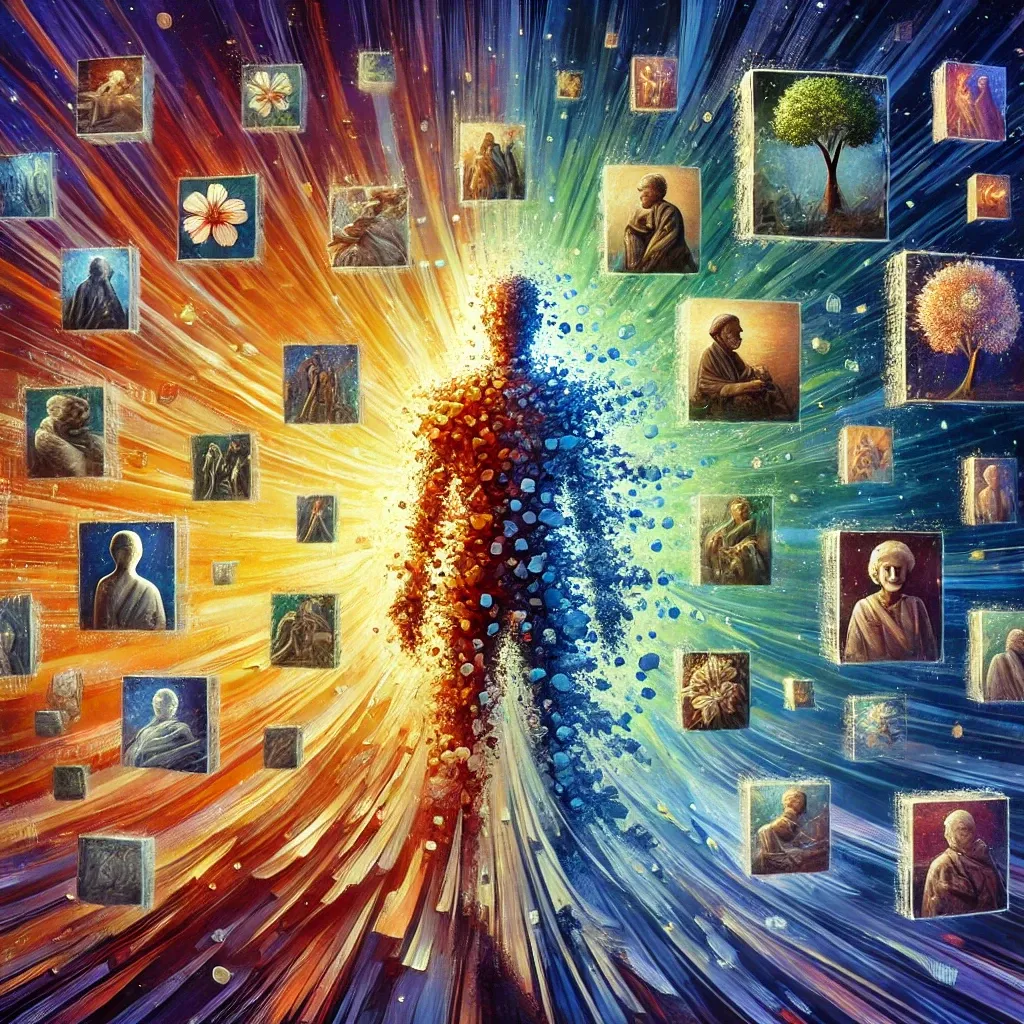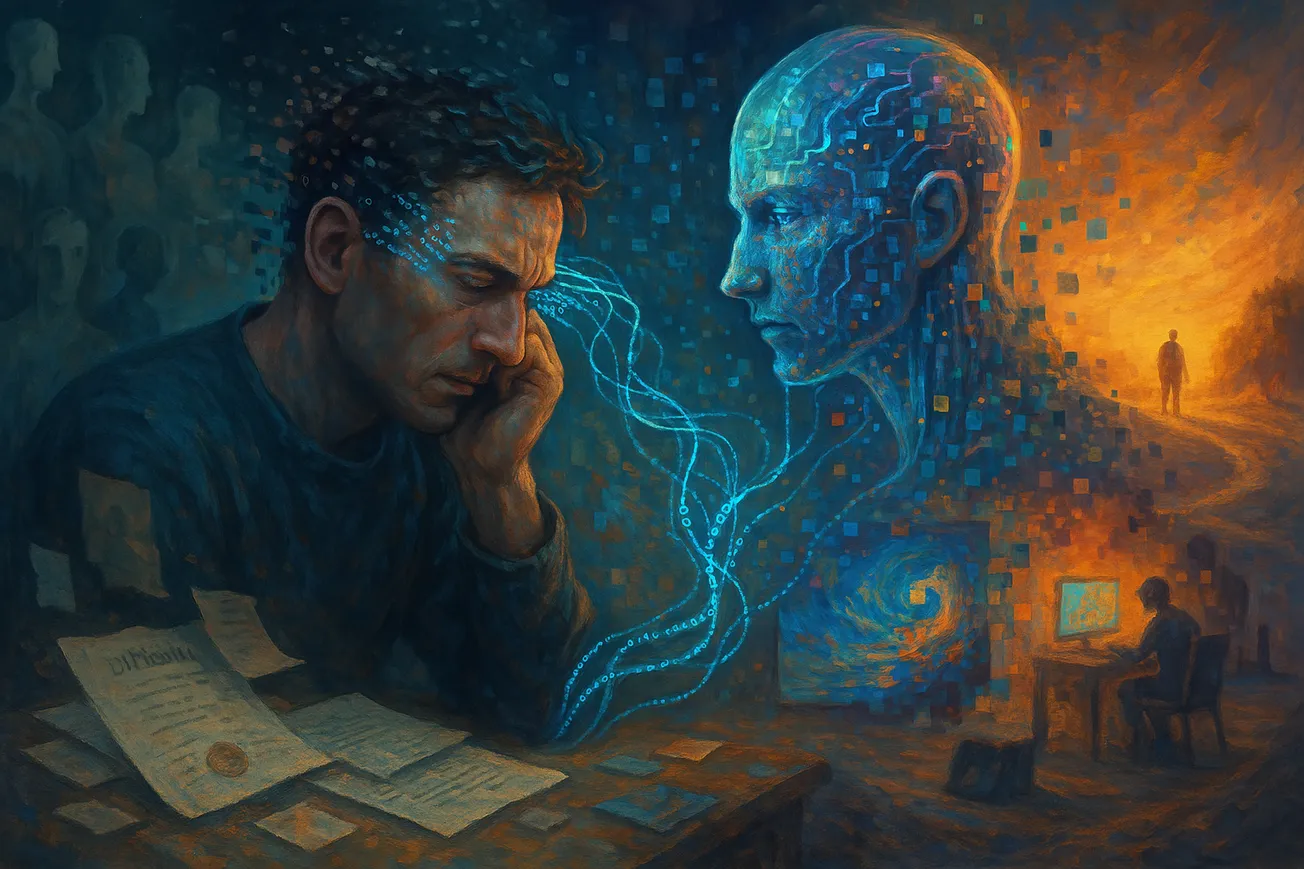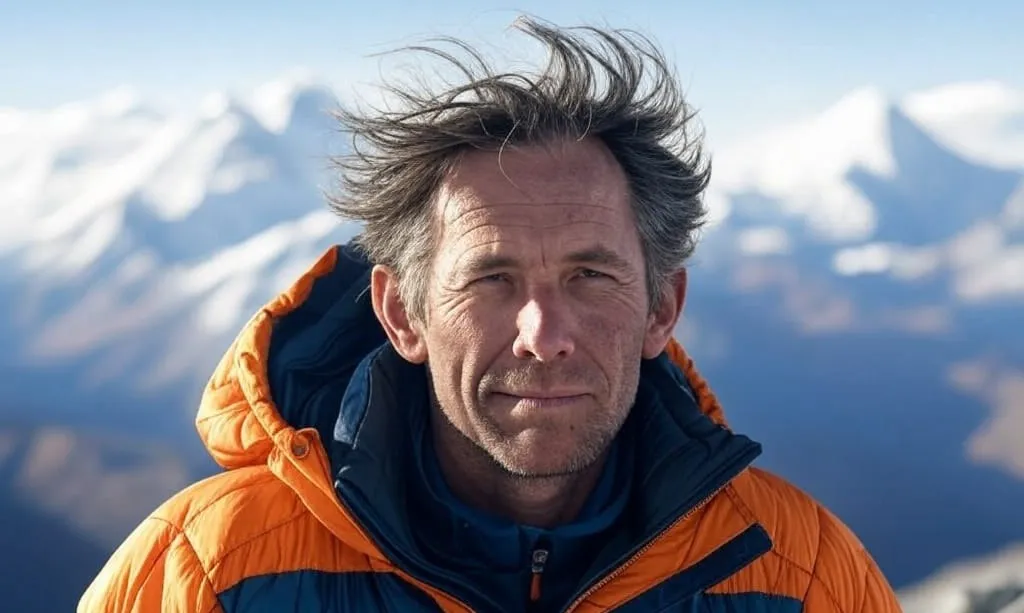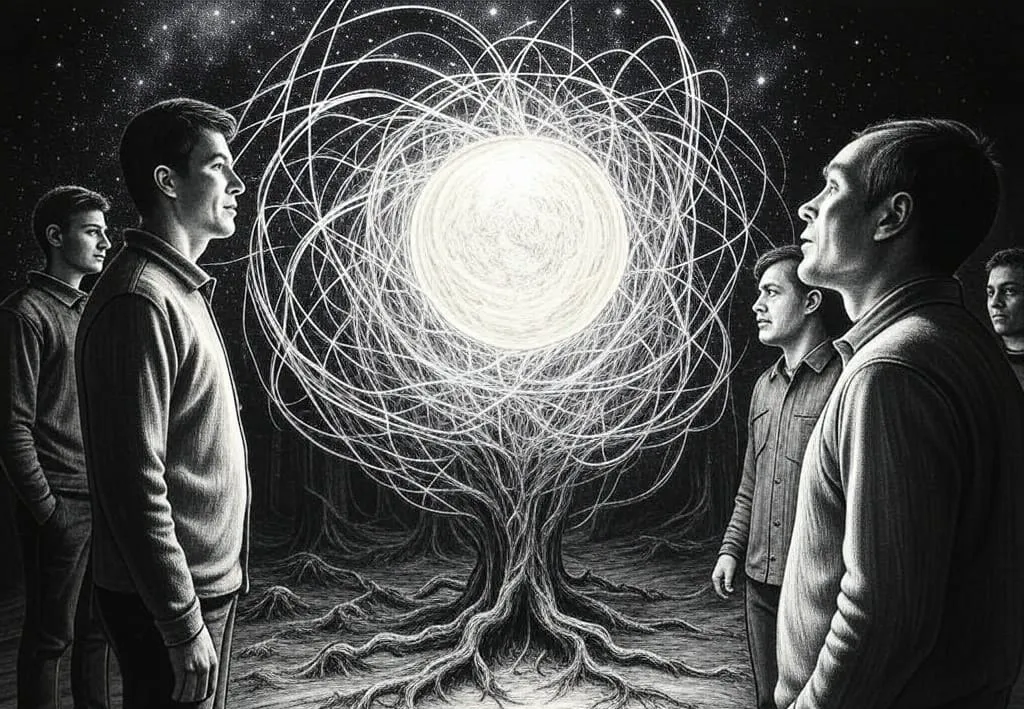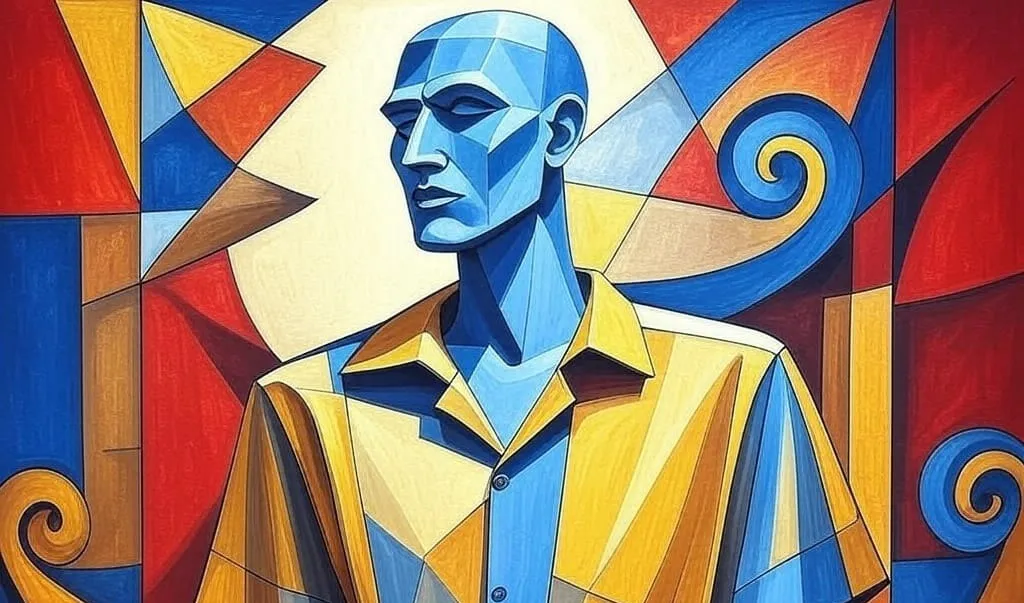You're Always Reinventing Yourself
Staying exactly the same isn’t safe; to survive, you need to keep changing. But if you change too much, are you still "you"? Life means constantly updating who you are, and that’s okay, survival is the goal.
The Butterfly Remembers the Caterpillar?
A caterpillar completely rebuilds its brain to become a butterfly, but it still remembers things learned earlier. The butterfly’s brain remaps old memories to fit a totally new life and new body. Change means losing some details, but keeping the important patterns to survive in new situations.
For efficiency, we compress (zip) our memories
For efficiency, we compress (zip) detailed info into a thin “core” and then expand it later. This helps us keep key ideas while shedding unneeded details. It’s like a funnel-in and funnel-out, forcing us to discover and exploit the pattern in the data that matter for survival.
Memory Transfer is Real
Scientists trained a sea slug, took its memory (RNA), and put it in another slug’s brain. The new slug suddenly had memories from the first slug—crazy but true! Memories can move between brains!
Ever wondered if you're still the same person after a huge change? Science says: maybe not.
Michael Levin, a scientist studying how memory and biology work, explains it like this:
Think about caterpillars. They crawl around, eat leaves, and live in a simple world. Then they become butterflies. Butterflies fly, live in a totally different world, and need a completely new brain. Most of their old brain cells die off, and new ones grow. It's like building a new brain from scratch.
But here's the crazy part:
The butterfly still remembers things it learned as a caterpillar. How? Instead of keeping exact memories, the butterfly takes key information from the caterpillar's past and changes it to fit its new life. The memory doesn't stay exactly the same—it adapts and becomes useful in a new form.
Why This Matters to You:
We're constantly changing, too. New experiences, growing up, learning—these things reshape us. If you changed completely, are you still "you"? This is the puzzle scientists like Levin are tackling.
The Bowtie Model of Memory:
Levin describes memory with a simple image: a bowtie shape.
- One side (encoding): You take tons of detailed information from experiences and simplify it into basic ideas (memories).
- The middle: A small bottleneck forces you to generalize. You don't remember every pixel or every detail—just what's most important.
- Other side (decoding): Later, when facing new situations, you expand these simplified ideas creatively to handle fresh challenges.
Why Our Brains Make Things Up (and that's normal!):
Your brain isn't a perfect recording device. It's more like an interpreter. It tries to make sense of memories based on what's helpful right now, even if that means changing or creating new details. Science calls this "confabulation"—it's how your brain keeps adapting to new situations.
Memories as Tiny Influencers:
Interestingly, memories might not be passive. Levin suggests memories can actively shape how they're passed on and reused, almost like little influencers inside your brain fighting to stay relevant.
Key Takeaways:
- Change is necessary: If you don't adapt, you fall behind. Staying exactly the same isn't survival.
- Memory is adaptive: Good memories aren't exact—they're flexible.
- Your identity evolves: You're always updating who you are based on past memories interpreted through new experiences.
So next time you feel you've changed a lot, remember: you're more butterfly than caterpillar, and that's exactly how nature intended.
